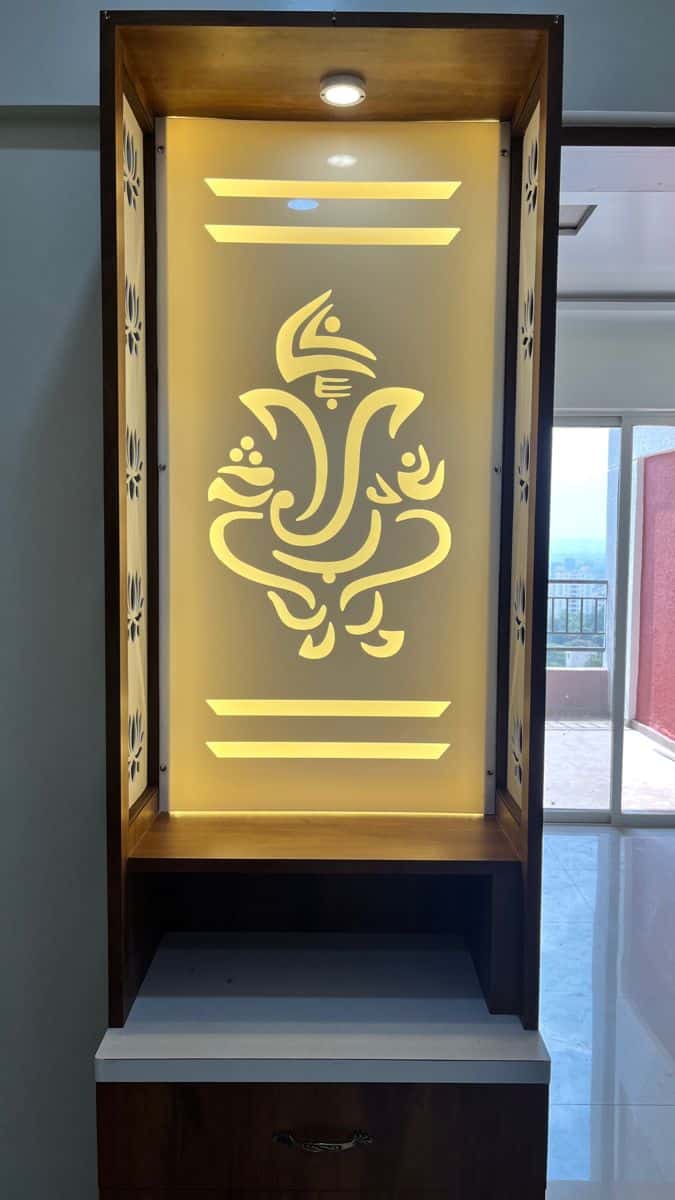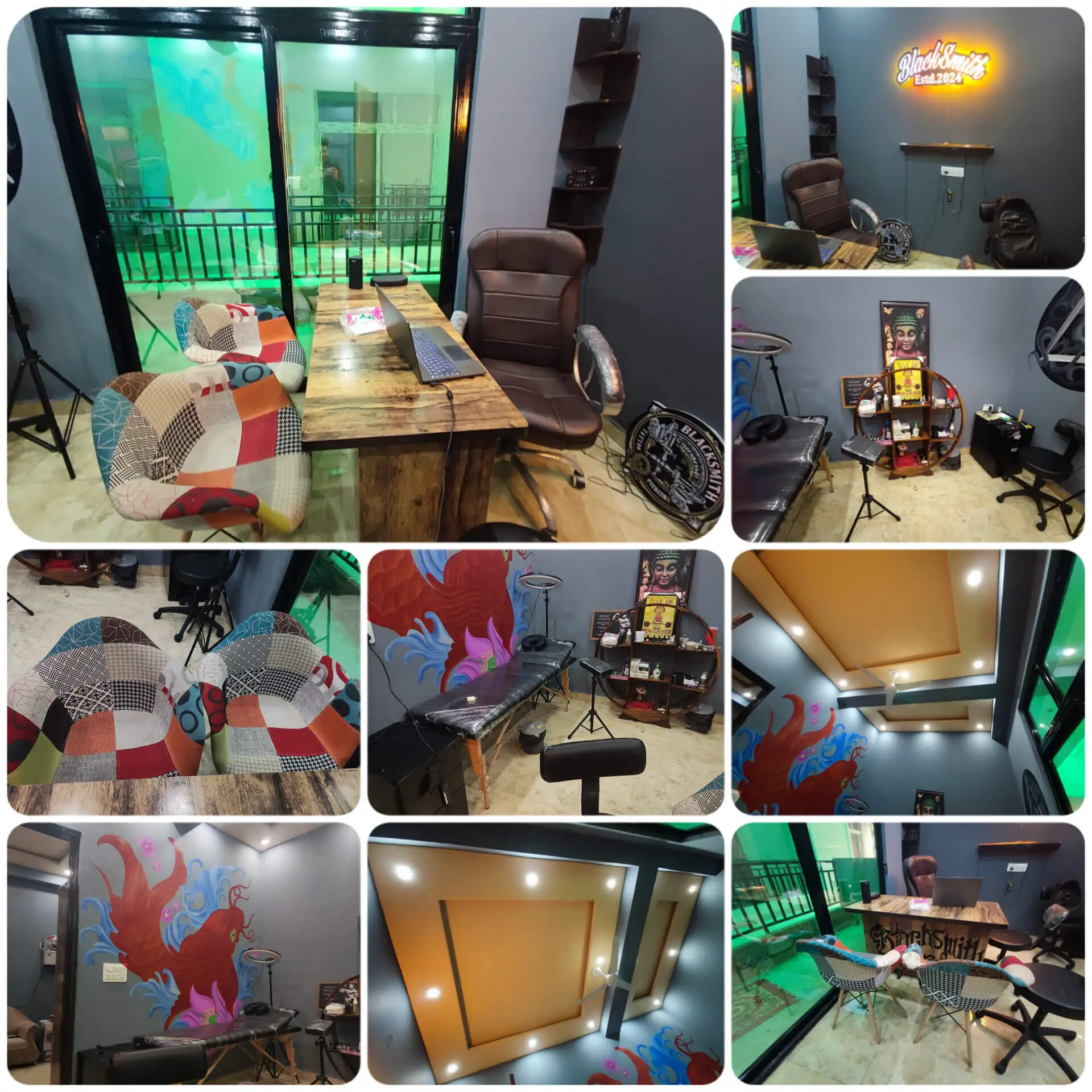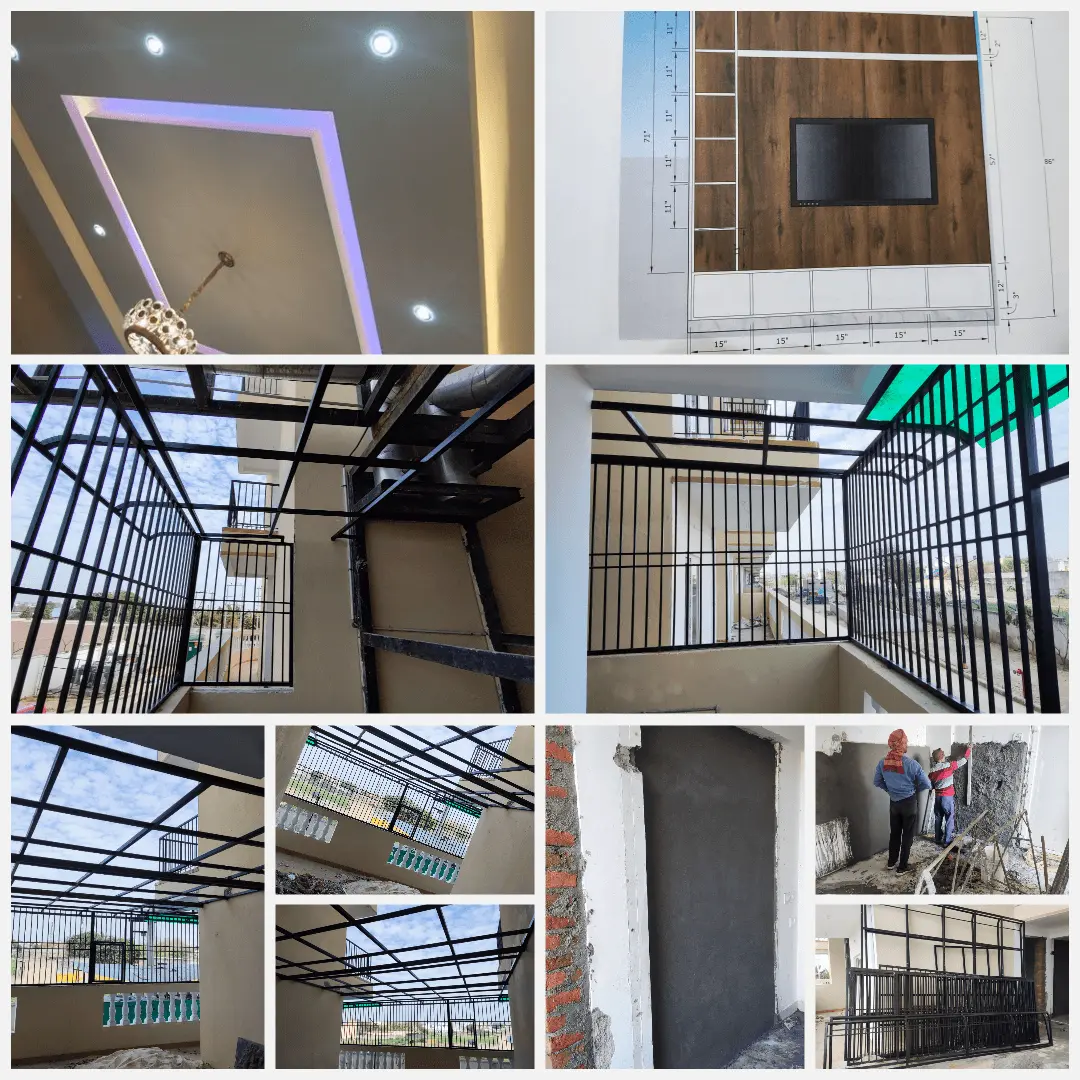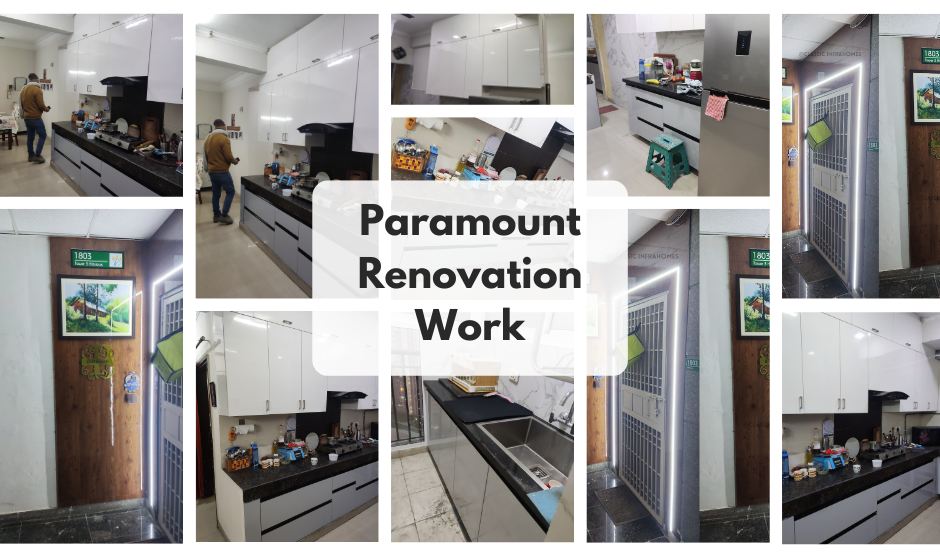What is Gypsum and How Does it Compare to POP for False Ceilings?
False ceilings have become an integral part of home construction adding beauty to the home along with keeping away excess heat, cold, and noise from your abode. These are also essential for concealing electrical wires and installing a central air-conditioning system. However, a false ceiling can be durable only when a quality material is chosen. Gypsum boards and Plaster of Paris (POP) are two of the most commonly used materials for creating a false ceiling. While both have gypsum as a base, the two are different from each other. Here we list the pros and cons of these two false ceiling materials to help you make a guided choice.

Gypsum False Ceiling

Gypsum False Ceiling Materials
As the name suggests, these are made of gypsum, a hydrated calcium sulfate that has the quality of withstanding for a long time. Gypsum boards, that come in a prefabricated form, are manufactured in a factory and assembled on the site using metal frames. These are largely used in spaces that require a centrally air-conditioned system.
The Pros and Cons of Gypsum and POP Ceilings: A Comprehensive Comparison
Gypsum Ceiling:
Pros
- Gypsum is a naturally occurring material, making it a more environmentally-friendly option.
- Gypsum ceilings are more durable than POP ceilings and can last for up to 20 years or more.
- Gypsum is resistant to fire, moisture, and insects, making it a safe choice for areas that are prone to these risks.
- Gypsum ceilings are easier to install than POP ceilings, requiring fewer layers and a shorter drying time.
- Gypsum boards are easy to install and clean.
- These boards can provide a seamless look to your ceiling without too many joints.
- Since these are manufactured in factory machines, the consistency of the product’s finish and quality is maintained.
Cons
- Gypsum ceilings are more expensive than POP ceilings, due to the cost of the material and the increased labor required for installation.
- Gypsum ceilings are heavier than POP ceilings, which can make them more difficult to install in some areas.
- Gypsum ceilings can be more difficult to repair if damaged, requiring more extensive repairs or even replacement.
- However, easy to install, it can be a cumbersome process to uninstall these boards. Repairing these means that the complete ceiling will have to be broken down.
- With time moisture seeps into gypsum boards through leaking roofs or air conditioning pipes. This could result in fungal growth in the ceiling or even cause reshaping of the boards. To avoid this opt for moisture-resistant boards.
Also read: Plaster of Paris (POP) Designs Guide for Your New House
POP Ceiling:
Made of gypsum, POP ceilings can be designed based on the choice of the homeowner. Available in powdered form, the paste is made to design the ceiling. The paste made by mixing the powder with water is applied to chicken mesh for it to stay afloat.
Pros
- POP ceilings are 25-40 less expensive than gypsum ceilings, making them a more budget-friendly option.
- POP ceilings are lightweight, making them easier to install in areas where weight is a concern.
- POP ceilings can be easily repaired if damaged, requiring only a small patch and some paint to restore their appearance.
- POP is highly durable and can sustain for years without any wear or tear.
- Unlike gypsum boards, POP can be moulded in various designs and is flexible to apply on the corners.
Cons
- POP ceilings are less durable than gypsum ceilings and can be prone to cracking or chipping over time.
- POP ceilings are more susceptible to moisture damage, which can cause them to warp or deform over time.
- POP ceilings are less fire-resistant than gypsum ceilings, making them a riskier choice for areas that are prone to fire.
- Until and unless skilled labour is working on a POP design, the finesse with which gypsum boards are manufactured cannot be achieved.
- In the case of POP, there is a lot of wastage of mixture. It can make the site messy.
- The POP has to be perfectly dry for it to be installed.
The choice between gypsum and POP ceilings will ultimately be determined by a variety of considerations, including the budget, the intended usage of the space, and the desired aesthetic. Both materials have distinct advantages and disadvantages, and the optimal selection will depend on the project’s particular requirements.
Also read: How False Ceilings Can Make Your Home Look Truly Beautiful





